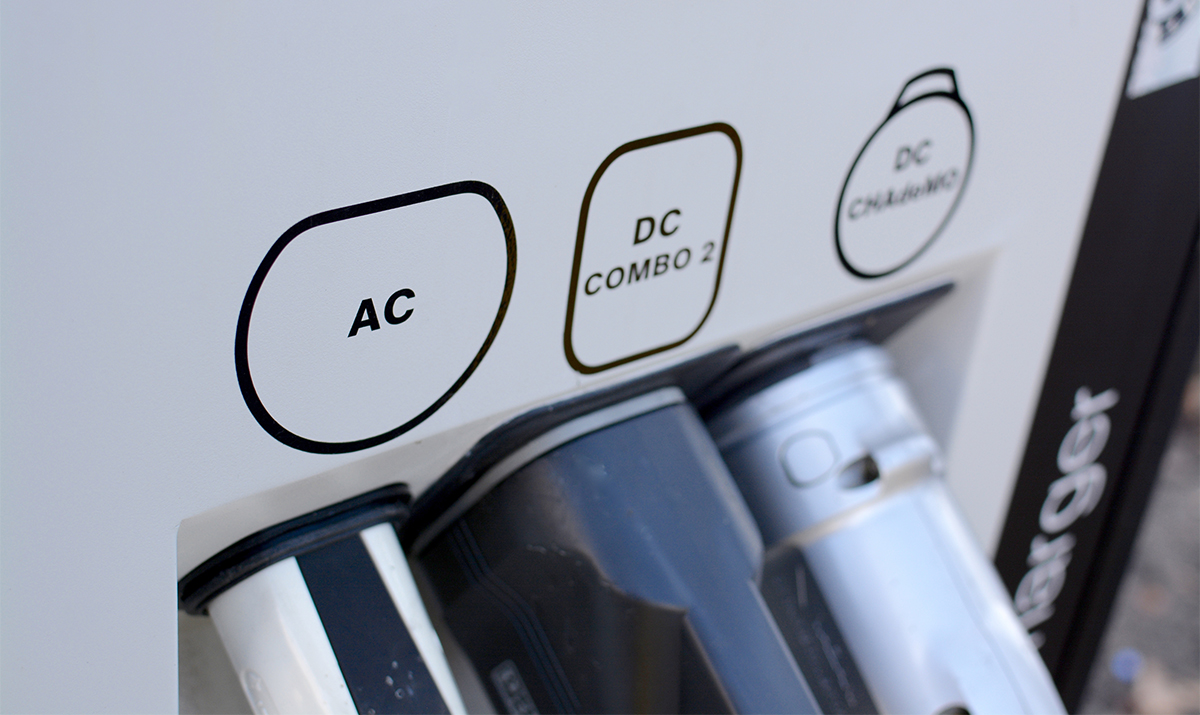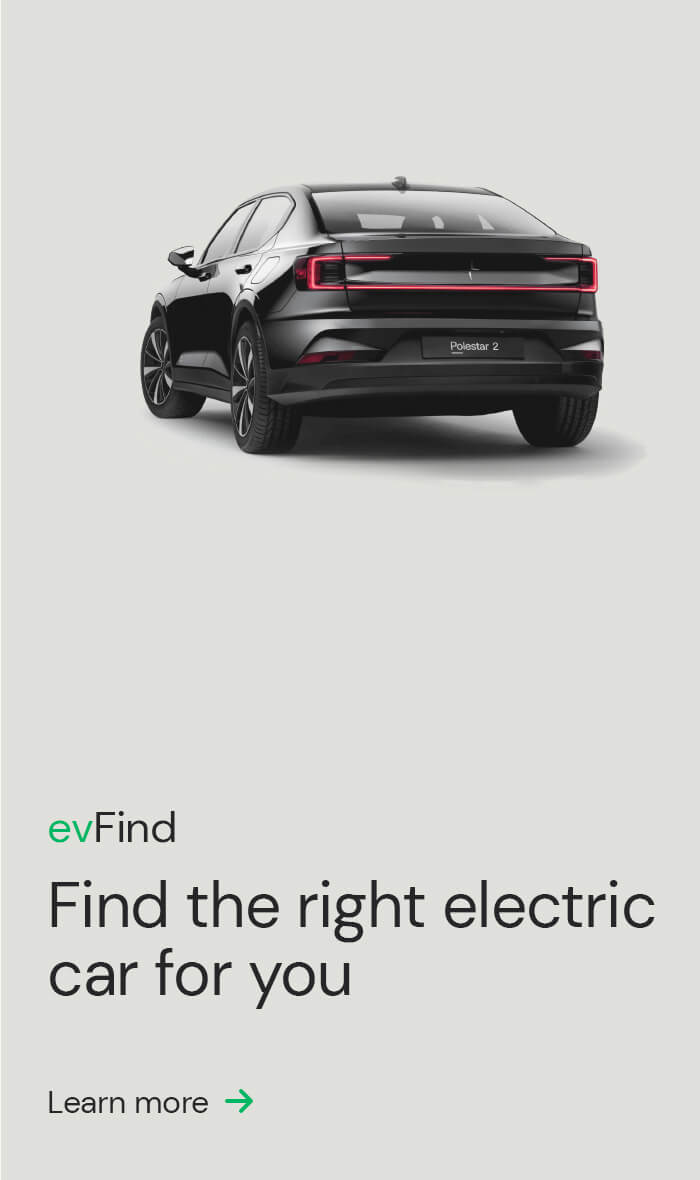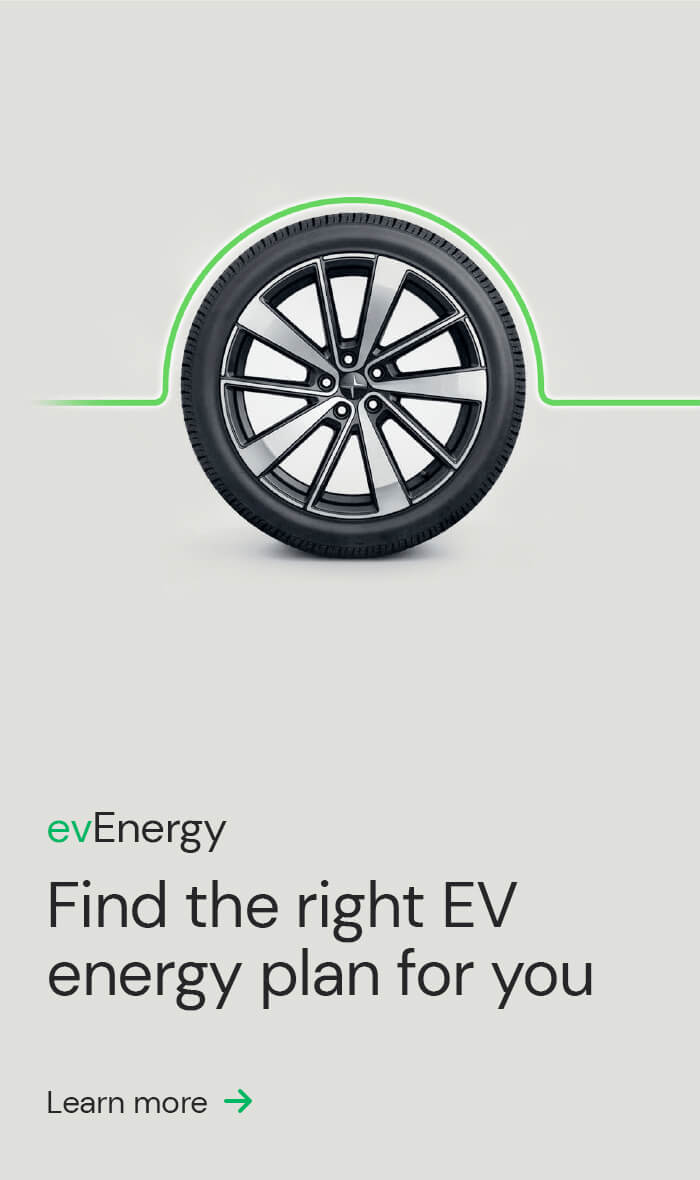From the types of charging connectors to the speeds themselves, understanding EV charging can initially seem confusing. To start, electric vehicles have access to two types of charging methods – AC and DC. Let’s explore the differences and benefits of both.
What is AC charging?
AC stands for Alternating Current. AC chargers are the most common type of EV charger. For instance, almost all home chargers (cable or wall-mounted) will be AC. Some public EV charging stations also use Alternating Current.
All EV batteries require a Direct Current to work, so the car has an ‘onboard charger’ which converts power from AC to DC before supplying it to the battery.
With speeds of between 3-7kW (slow) and 11-22kW (medium) up to 43kW (fast), Level 1 and 2 AC charging is slower than DC charging. This is due to the time it takes to convert the power to DC. AC charging is more affordable and ideal for charging up your EV overnight at home.
What is DC charging?
DC stands for Direct Current. DC chargers have converters in themselves, so will recharge EVs much faster, eliminating the need for the car’s onboard charger.
You’ll find rapid DC charging points at most public stations, and speeds range between 5kW and 350kW. All Tesla Superchargers use Level 3 DC charging. The slowest Supercharger speed is 60kW, and the fastest is 180kW. A Model 3 using a DC Supercharger can add up to 299 km of range in 15 minutes.
What is better, AC or DC charging?
Both AC and DC charging have their own unique advantages. If you’re mid-journey and need to power up quickly, a rapid DC public charging point will be the logical solution. Although if used too often, rapid DC chargers can deteriorate the long-term battery life quicker, so it isn’t recommended to solely rely on DC charging.
While AC charging is slower, it is about 7 – 10 times cheaper than public DC charging. For powering your EV at home, AC is the sensible choice. Level 1 and 2 AC chargers place less strain on batteries, helping to prolong their lifespan.
Summary
- AC stands for Alternating Current. Home and many public chargers use AC. Level 1 and 2 AC chargers are slower yet better for the long-term battery life.
- DC stands for Direct Current. Most rapid DC chargers are found at public charging stations. DC charging is more expensive but a lot faster. It can degrade the EV battery if relied on too often.
Are you considering making the switch to an electric vehicle? ActewAGL can help you effortlessly find, finance and charge your EV. Discover how ActewAGL can support your transition to sustainable driving today. Find out more here.
Sources
https://www.tesla.com/en_AU/support/supercharger
https://thenextweb.com/news/is-fast-charging-bad-ev-battery-degradation



